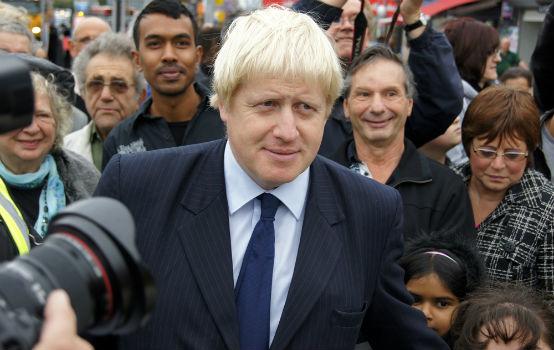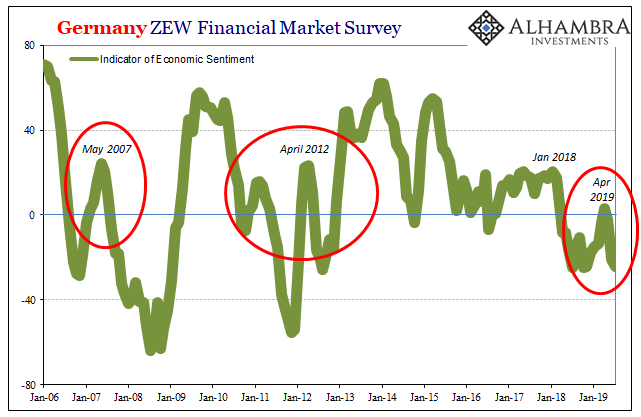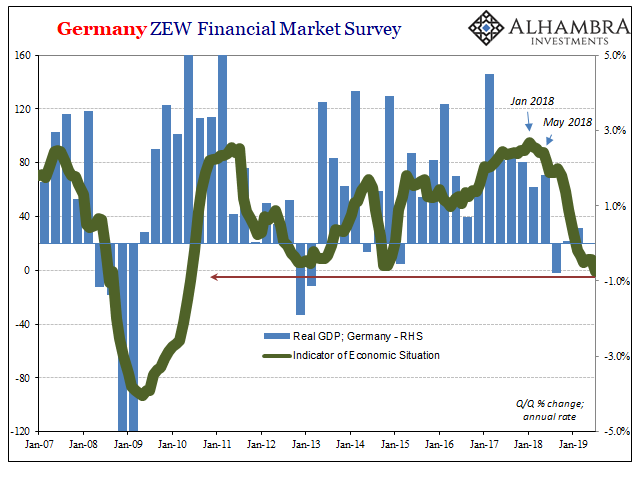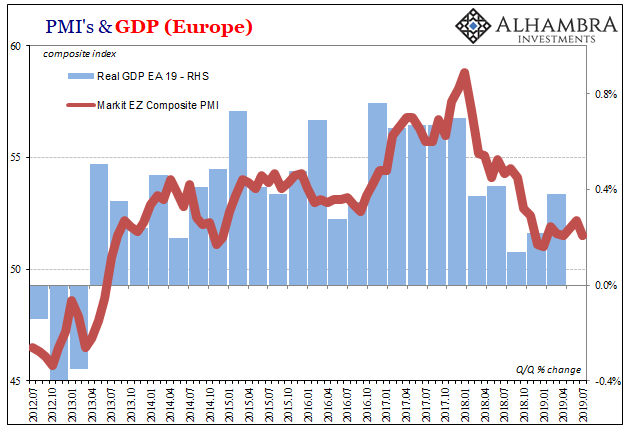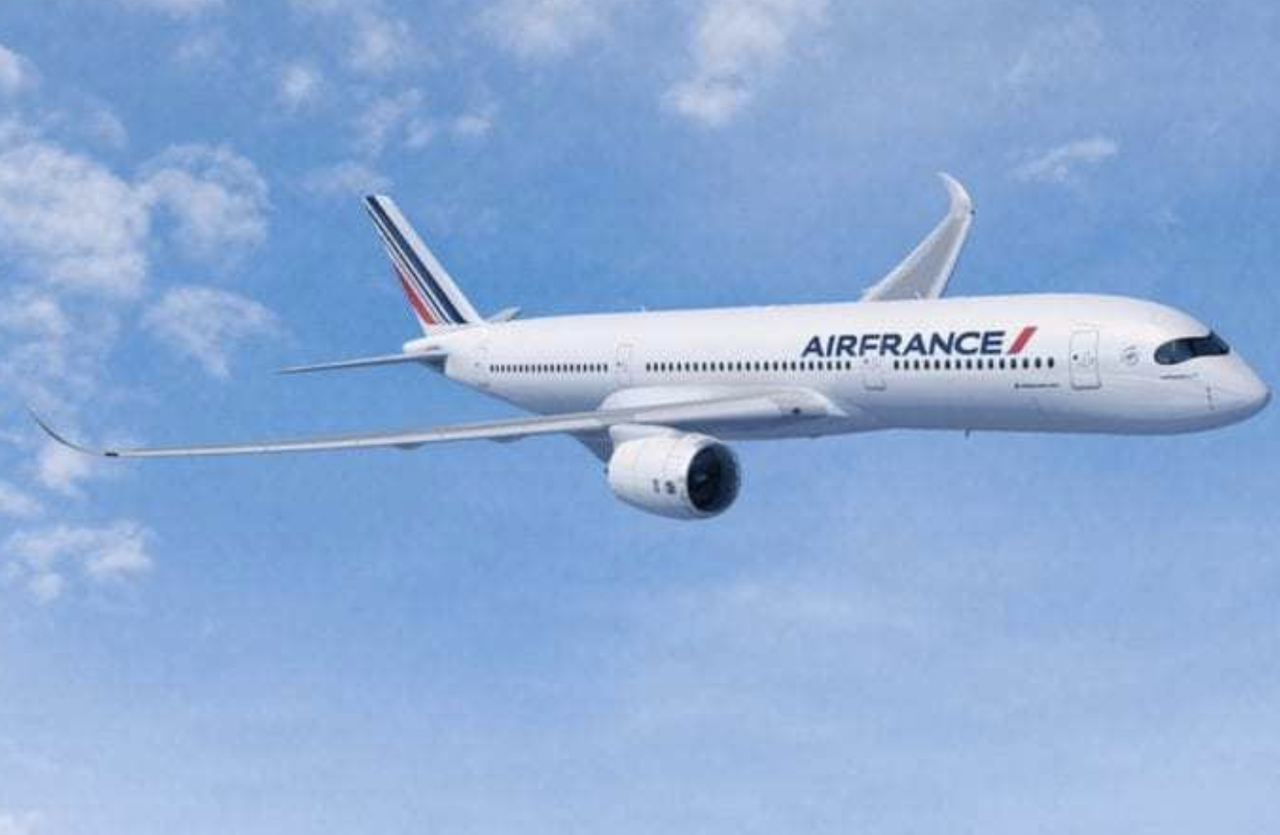For a minute there, it looked like the investors who had helped finance Soft Bank’s original Vision Fund were finally beginning to question the strategy of paying exorbitant sums for stakes in Silicon Valley’s most popular unicorns. But, aside from a handful of embarrassing flops, the strategy appears to have paid off: Because even though Soft Bank’s original patrons, the Saudis and Emiratis, have expressed their reservations, it appears the Japanese telecoms-giant-with-a-VC-arm has succeeded in raising its second venture fund in less than three years.
According to WSJ and the FT, despite the Uber IPO’s embarrassing flop, Soft Bank (the largest single backer of Uber; it is reportedly holding on to its shares) has locked down commitments for $108 billion from Microsoft, Apple, Standard Chartered, Goldman Sachs, the sovereign wealth fund of Kazakhstan and an array of other investors – though the Saudis and Emiratis have balked, they’re reportedly still in talks with Soft Bank about a possible commitment.
Several Japanese and Taiwanese banks and insurers have also reportedly committed capital.
At $108 billion, the fund is the largest private pool of money ever assembled, and it couldn’t have come at a better time. The first Vision Fund has invested some $70 billion in more than 70 companies, but because of annual disbursements it must make to some investors, it has effectively run out of working capital.
Soft Bank Chairman Masayoshi Son said he wants the new fund to focus on AI, which the billionaire Soft Bank founder believes will explode in usefulness as the amount of real-world data gathered by sensors, cameras and other machines would allow companies to better leverage these connections. And because of an even larger investment from his company, it’s likely that Masayoshi Son will have even more control over investment decisions.
“The power to predict the future is about to emerge,” Mr. Son said last week at a Tokyo conference SoftBank held for its corporate clients. “The amount of data will grow by a million times over the next 30 years.”
That means the Vision Fund II will be a boon for any trendy AI startups, now that they know Masayoshi Son will pay an absurd premium for a 10% stake.
But like last time, Soft Bank is also committing a large chunk of its capital. The fund will commit $38 billion to this latest fund, up from $28 billion in the first Vision Fund. To make this work, the telecoms giant will need to liquidate some of its investments. For that to happen, it would help for the Sprint-T-Mobile merger to finally go through, but the opposition by the federal government and some state AGs has left its success very much in question.
The Vision Fund was credited with single-handedly raising valuations across the unicorn space by making $100 million the new minimum check size. Suddenly, Sequoia Capital and other major VC firms had to raise multi-billion-dollar investment funds just to compete and get stakes in valuable startups.
Now, with WeWork and Slack next up on the hot IPO docket, Vision Fund II has arrived to pump up the valuations of the next round of unicorn darlings. And remember: The faster they burn cash, the larger the valuation multiple.
via ZeroHedge News https://ift.tt/2Mi0jpI Tyler Durden
